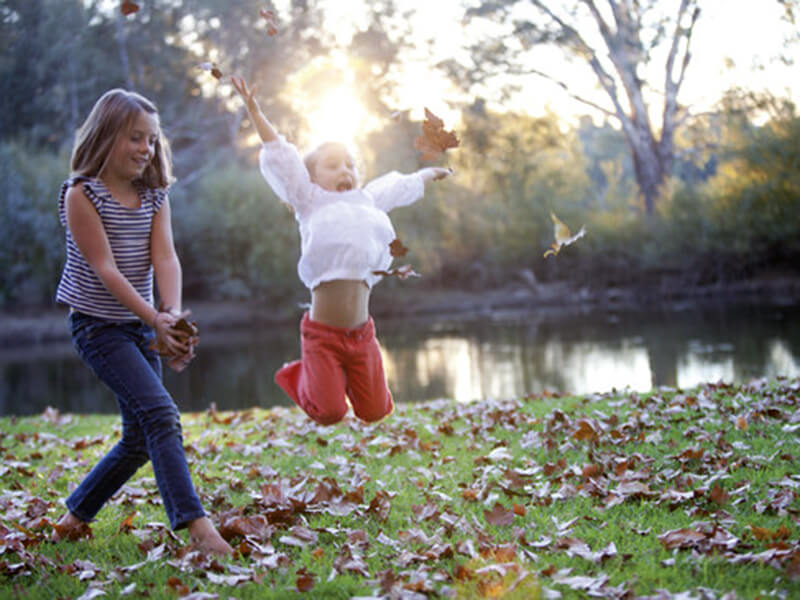Albury is spoiled for choice when it comes to places to cool off with inland waterways such as rivers, creeks, lakes, and dams all popular amongst locals over the warmer months.
These environments present a higher risk of drowning due to a variety of factors including changeable conditions, remoteness, lack of supervision and alcohol. Sadly, the Murray River is the number one river drowning blackspot in Australia with over 70 unintentional fatal drownings since 2002.
Royal Lifesaving NSW is the leader in drowning prevention and water safety education in NSW. They exist to help all Australians enjoy the water safely through drowning prevention leadership, education and action.
“Few people appreciate just how dangerous our inland waterways can be, particularly those who lack swimming skills and knowledge of local water conditions” — Justin Scarr, CEO Royal Life Saving Australia
Staying safe around the water
-
Know your limits and avoid taking risks keyboard_arrow_right
Taking risks around the water continues to be a major cause of drowning deaths, particularly of males over the age of 18.
- Avoid consuming alcohol before entering the water, or when supervising children.
- Avoid entering the water in locations and conditions you are unfamiliar with.
- Avoid going alone. It is not only safer, but far more fun.
-
Check the conditions before heading out keyboard_arrow_right
Changing weather and water conditions can prove to be very dangerous.
- Look up weather conditions online or on a weather app and on arrival have a good look at the conditions before entering the water
-
Supervise your children at all times keyboard_arrow_right
Supervision is the single most important thing you can do to keep your children safe around water. Remember, any distraction is dangerous and puts young children at risk. These Keep Watch drowning prevention actions will help you keep your children safe around the water.
- Supervise. Actively supervise children around water.
- Restrict. Restrict children’s access to water.
- Teach. Teach children water safety skills.
- Respond. Learn how to respond in the case of an emergency.
-
Wear a lifejacket when on the water keyboard_arrow_right
Everyone, even competent swimmers, should wear a lifejacket when on the water, as you may need to spend a long time in the water if an accident happens.
- Wear a lifejacket when boating, jet skiing, sailing, canoeing, kayaking, paddle boarding and rock fishing.
Visit the Royal Life Saving NSW website to find out more.
Our Strategy
We’ve developed an Inland Waterways Drowning Prevention Strategy (IWDPS) to guide our approach in relation to activities and projects relating to drowning prevention across the Albury Local Government Area and work toward achieving our vision of a community free from drowning.
Our Strategy adopts Royal Life Saving’s Safe System Approach to Drowning Prevention which is underpinned by the following principles:
- Deaths and serious injuries are unacceptable
- People are human and sometimes make mistakes – a simple mistake shouldn’t cost anyone their life.
- People are vulnerable.
- Aquatic environments and activities should be designed to minimise the likelihood or severity of an aquatic incident if an accident happens.
- Drowning prevention is a shared responsibility – everyone needs to make safe decisions in, on and around the water to prioritise safety.



